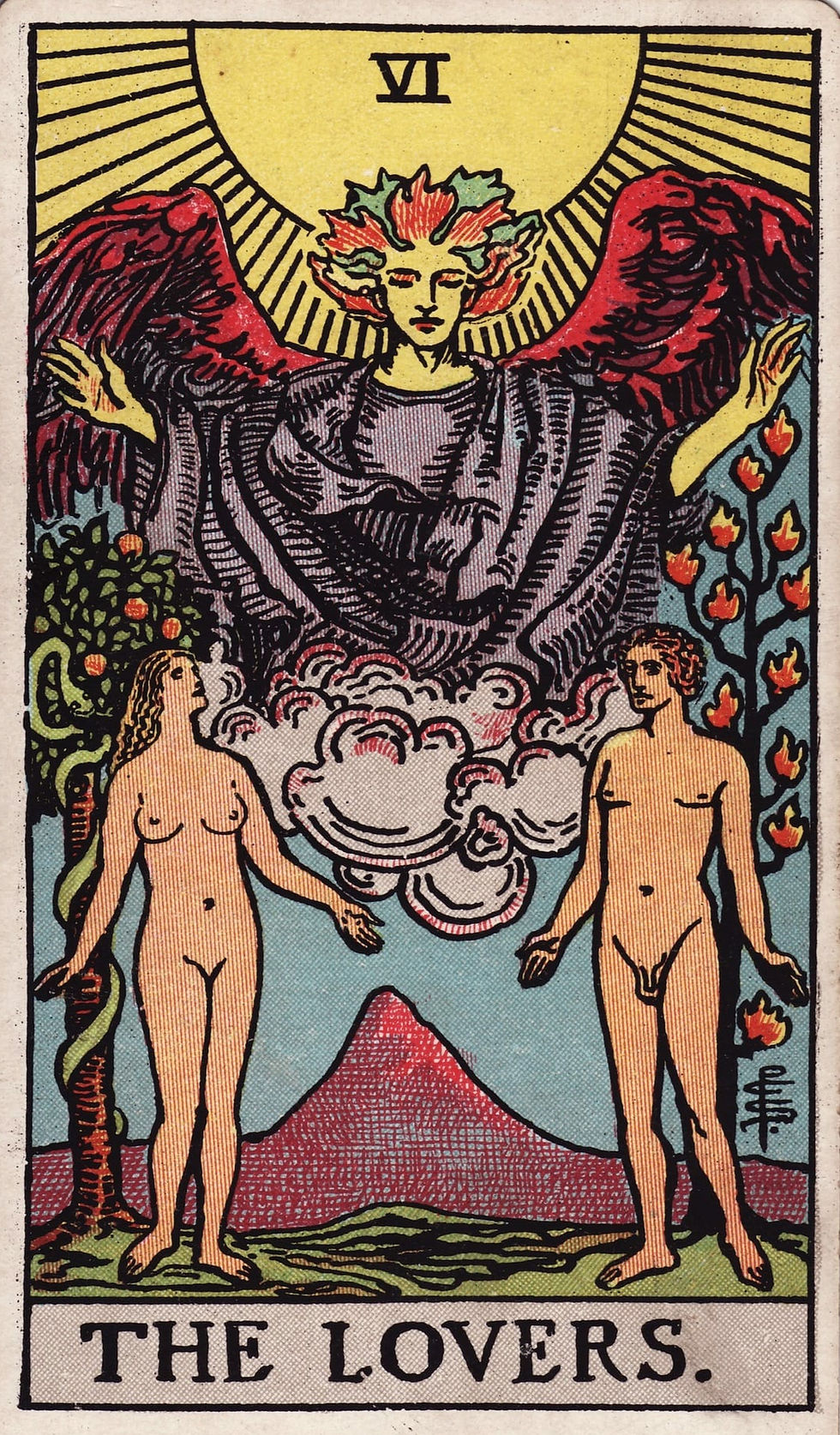The Life of a Showgirl: Taylor Swift’s Sparkling New Era
- Light Nudges

- Aug 14
- 7 min read
Updated: Aug 15
Taylor Swift’s The Life of a Showgirl is set to release on October 3, 2025 and it already feels like one of her most daring and luminous eras yet.
Where The Tortured Poets Department gave us introspection through ink and paper, Taylor Swift's The Life of a Showgirl promises drama, glitz, and a glimpse behind the stage curtain into the spaces where glamour and vulnerability collide.
Produced with Max Martin and Shellback, the album is tight and theatrical, featuring 12 tracks (fittingly, as her 12th album, announced on August 12), which is a deliberate nod to Taylor’s love of numerology and cosmic storytelling.
The New Heights podcast is also worth a watch (above) to see the beautiful dynamic between Taylor Swift and Travis Kelce, as well as to catch possible Easter eggs tucked in the background or even slipped into the interview itself, as I hint at below.
Though not an Easter egg, Taylor dropped this truth bomb midway through the interview:
"You should think of your energy as if it's expensive, as if it's a luxury item. Not everyone can afford it. Not everyone has invested in you in order to be able to have the capital for you to care about this. What you spend your energy on, that's the day." - Taylor Swift
The Tracklist
As mentioned in her podcast announcement on New Heights, Taylor revealed the complete tracklist for The Life of a Showgirl, a deliberate collection of songs that pull back the curtain to reveal the world behind the spectacle (AKA the Eras Tour). This isn’t a sprawling 30-track release; the album is precise, bold, and, as Taylor and Travis confess, packed with “bangers.”
The full tracklist is as follows:
The Fate of Ophelia
Elizabeth Taylor
Opalite
Father Figure
Eldest Daughter
Ruin the Friendship
Actually Romantic
Wi$h Li$t
Wood
Cancelled!
Honey
The Life of a Showgirl (feat. Sabrina Carpenter)
As far as symbolism and spiritual aspects go, I will dig into Track 1 ("The Fate of Ophelia") and Track 3 ("Opalite"), both of which carry artistic and mystical resonance.
The Fate of Ophelia

Opening with "The Fate of Ophelia" is no accident. The title, paired with the album cover art, recalls John Everett Millais’ 1851–1852 Pre-Raphaelite masterpiece Ophelia, which depicts Shakespeare’s heroine floating in a river moments before drowning.

Millais’ painting is haunting: flowers bloom around Ophelia as symbols of innocence, grief, and lost love. Her open palms suggest surrender, while her half-open eyes capture both peace and despair.
On The Life of a Showgirl album cover, Taylor Swift appears as a showgirl submerged in water. This is a nod, she explains on the podcast, to her Eras Tour ritual of ending each show by slipping into a bath to wash away the day.
Placed alongside Taylor’s imagery, the connection deepens. She, too, is immersed and reflective, suspended between stillness and intensity. Yet unlike Ophelia, her gaze is not lifeless but knowing. By invoking Ophelia, Taylor reclaims the archetype of the woman in water, not as victim, but as narrator. In this way, The Fate of Ophelia signals an album that re-examines how women’s stories are framed, aestheticized, and misunderstood.
Opalite: Shimmer and Spirit
The choice of "Opalite" as track three feels intentional, almost like the emotional and spiritual centerpiece of the album. On the New Heights podcast, Taylor and Travis Kelce joked about how Travis’s birthstone is opal for October but it’s fascinating that Taylor chose opalite, not opal, as the focus. That subtle shift says a lot.
Opalite is a man-made, iridescent glass often mistaken for natural opal. Depending on the light, it glows milky blue or shimmers rainbow-like, carrying a liminal quality, always shifting between the seen and unseen. Spiritually, it’s linked to tranquility, emotional clarity, and communication with the higher self.
Among healers, opalite is cherished because it’s said to:
Ease transitions and life changes.
Calm turbulent emotions.
Open intuition and access hidden truths.
Despite being synthetic, many call opalite a modern mystical stone, a reminder that artificial doesn’t mean less powerful. Like a showgirl’s costume, it may be crafted, but it still carries magic and meaning.
For Taylor, "Opalite" could symbolize finding peace under the bright, artificial lights of performance, a glow that shines from within as much as from the spotlight. And perhaps, it’s also a wink toward Travis Kelce.
On the podcast, he wore a blue sweatshirt that Taylor playfully linked to the color of her eyes. “That’s why we match so well,” Travis replied, hinting at a harmony that mirrors opalite’s soft blue hues. Could this be foreshadowing a cameo in a future "Opalite" music video? Fans will be watching closely for how “Opalite” fits into the story of Taylor Swift’s The Life of a Showgirl.
The Showgirl Archetype and Taylor Swift
A showgirl is a professional female performer known for elaborate costumes, choreographed dance, and commanding stage presence. Traditionally, showgirls embody glamour, poise, and spectacle, dazzling audiences with sequins, feathers, and theatrical flair. Yet beneath the sparkle lies immense discipline with the endless rehearsals, physical endurance, and emotional resilience needed to shine under bright lights.

The showgirl archetype took shape in 19th-century Paris with the rise of cabaret and the Moulin Rouge, where dancers blurred the line between art and entertainment. Later, in the mid-20th century, Las Vegas cemented the modern image of the showgirl, towering feathered headdresses, rhinestone-studded costumes, and synchronized routines became iconic symbols of the city. Over time, the showgirl evolved from being just part of a chorus line to a cultural icon, representing beauty, sexuality, endurance, and even a kind of priestess-like presence on stage.
To “live the life of a showgirl” is to walk the line between illusion and reality. On stage, the showgirl is larger than life, an emblem of fantasy and desire. Off stage, she is a person with exhaustion, dreams, and a need for genuine connection.
The archetype of the showgirl represents duality: spectacle and sacrifice, allure and authenticity. To live as a showgirl is to embody transformation—to slip into sequins and feathers as armor, to radiate confidence while navigating the vulnerability that comes when the curtain falls.
Once again, Taylor Swift’s The Life of a Showgirl embraces this tension, between dazzling symbol and grounded self. In claiming the archetype, she shows us that being a showgirl isn’t only about performance, but about holding the contradictions of being both seen and unseen, adored and human.
The Color Orange (and Red) Symbolism

Taylor has already explored the color red in her previous album of the same name. Now, the move to orange in The Life of a Showgirl feels like a progression, moving up the spectrum, or perhaps, up the chakras.
Orange symbolizes creativity, joy, and sensuality. It’s a color of bold expression, but also of warmth and connection. In spiritual traditions, orange is associated with the sacral chakra, the energetic center linked to passion, intimacy, and artistic flow. It’s the place where desire and creativity intersect, where we learn to embrace both pleasure and vulnerability.
On stage, the showgirl archetype embodies these qualities of flamboyance, magnetism, and allure but also the courage to reveal herself in all her complexity. By choosing orange as a dominant palette, Taylor may be signaling an embrace of her own creative power, sensual playfulness, and emotional openness.
Red, of course, has long been Taylor’s color for love, heartbreak, and intensity. Orange feels like the next step, a lighter, freer energy, less about the wound and more about the dance of healing, pleasure, and new beginnings. Together, red and orange suggest the root and sacral chakras of stability and passion, grounding and flow, inviting us into an album that feels both embodied and unapologetically fun.
The Numerology of 12 & The Hanged Man
The choice of 12 tracks feels intentional, resonating with cosmic order and signaling that this album is meant to be both whole and symbolic.
This being Taylor’s 12th album is significant. The number 12 carries resonance across traditions:
12 months
12 zodiac signs
12 signs of the Chinese zodiac
12 disciples
12 Olympian gods
12 labors of Hercules

In Tarot, the 12th Major Arcana card is The Hanged Man, a figure suspended upside down, not in death but in reflection. He represents surrender, perspective, and the wisdom that comes from pausing. It's about letting go of control to gain clarity, a reminder that stillness can be transformative.
The Hanged Man is also an inversion: seeing the world differently, choosing a perspective others overlook. For a performer, and for Taylor in particular, this could symbolize flipping the narrative of what it means to live a “showgirl” life. Instead of being trapped by performance, she reframes it as empowerment, as art.
There’s also sacrifice in The Hanged Man, an archetype of giving something up in order to gain something greater. For Taylor, this could speak to the personal costs of fame, but also to the choice of devoting herself fully to her craft, even when it demands stillness or self-reflection.
How perfect, then, that Taylor Swift's The Life of a Showgirl is built as her twelfth record: a glittering pop album that still asks us to pause, reflect, and see things from a new angle. Like The Hanged Man, the showgirl hangs between worlds, between the glamour of performance and the stillness of the soul.
Comment Below 👇
💬 Which track from Taylor Swift's The Life of a Showgirl are you most excited to hear? And what symbols (Tarot cards, crystals, or archetypes) does this album call to mind for you?


_edited.png)
_edited.png)
_edited.png)
_edited.png)
_edited.png)


Comments